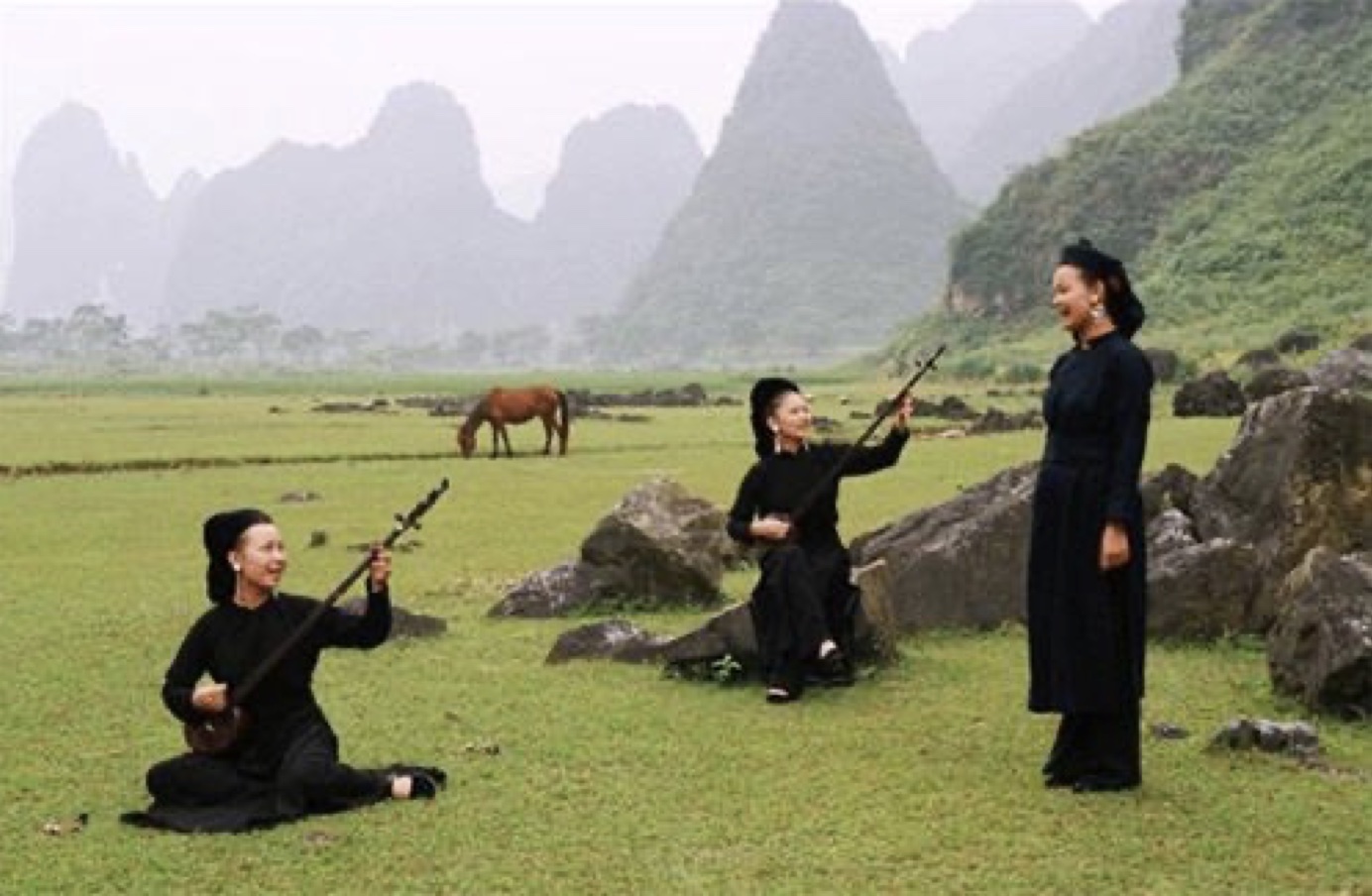Mongolian language genocide
During the past few weeks, we've looked at the throttling of Cantonese in Hong Kong. Now, far to the north of the Chinese empire, the CCP is ramping up the war against Mongolian:
Inner Mongolia: China accused of 'cultural genocide' for school language shift
Debi Edward, ITV News (9/1/23)
—-
Inner Mongolia is the latest province in China where ethnic minorities have had their language forcefully phased out from the education system.
At the school drop-off point, we visited in the capital, Hohhot, nothing appeared to have changed.
We saw children waved off by their parents, some speaking in their native Mongolian language.
But from the start of this school year children from nursery to senior school will find all lessons conducted in Chinese.
Read the rest of this entry »

